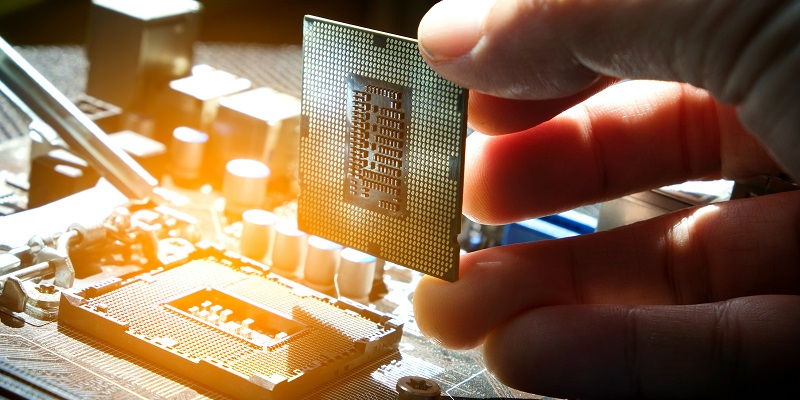The investigation into a mysterious Blue Screen of Death error on Intel’s 13th Generation CPUs has now concluded, and it turns out the call was coming from inside the testing lab. Users had been experiencing “Unsupported Processor” blue screen errors, and Intel has pointed the finger at its own microcode. Fortunately, the company is now rolling out a fix for all users, with a BIOS update required to permanently resolve this meddlesome error.
Intel’s Role in the Error
Upon closer examination, it has been determined that Intel itself is responsible for the recent spate of “Unsupported Processor” blue screen errors. Initially, MSI quickly rolled out a fix for affected users, but soon the issue appeared on both Gigabyte and Asus motherboards, indicating that the problem lies with Intel CPUs rather than the motherboards. It became evident that Intel’s microcode was at fault, prompting further investigation.
Intel’s Promised Fix
Intel has offered more details on the situation after conducting its own investigation and has assured users that a fix is forthcoming. To resolve the error permanently, Intel will be sending a fix to motherboard manufacturers shortly. In the meantime, all users must update their BIOS to ensure a temporary solution while awaiting the official fix.
Details of Intel’s Investigation
According to Wccftech, the affected Intel CPUs include those with the following CPUIDs: 0xB0671, 0xBO6A2, or 0xBO6A3, in both desktop and mobile variants. However, CPUs with CPUID 0xBO6F2 and 0xBO6F5 are not affected. The crux of the issue lies in the microcode from Intel, specifically labeled 0x119 and 0x4119 for Raptor Lake CPUs, which unintentionally triggered GDS_NO flag values for P-and-E-Cores. This miscommunication between the microcode and the system resulted in the dreaded blue screen error.
User experience with the error
Affected users would encounter the blue screen error after updating Windows, often without being aware of it. Windows update processes can occur quietly in the background, leaving users blindsided by the sudden appearance of the error. As such, it is crucial for users to stay vigilant and monitor their system’s behavior following any updates.
Microsoft’s Temporary Solution
To address the issue for now, Microsoft is releasing Windows updates that contain fixes for the Intel microcode problem. By applying these updates, users can mitigate the error until the permanent fix is available. This approach ensures that users do not have to wait indefinitely for a resolution and can continue using their systems without disruptions.
Intel’s Ongoing Efforts
Intel is actively working on a fix that will not only resolve the issue permanently but also prevent similar errors from occurring in the future. This fix will be sent to motherboard manufacturers, who will then distribute it to their customers. Intel understands the urgency of resolving the problem promptly and is committed to minimizing any inconvenience caused to users.
The investigation into the Blue Screen of Death error on Intel’s 13th Generation CPUs has attributed the issue to Intel’s microcode. While initially causing frustration and confusion among users, the company has taken responsibility and is working towards a permanent fix. In the meantime, affected users should promptly update their BIOS to apply the temporary solution provided via Windows updates. By doing so, they can ensure a smoother and more stable computing experience. Intel’s ongoing efforts reflect their dedication to resolving the issue and preventing similar problems from arising in the future.

